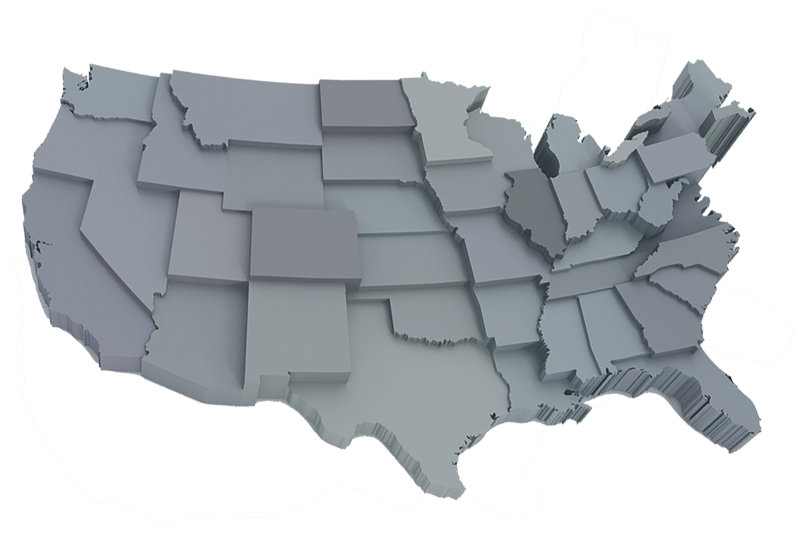FREQUENTLY ASKED QUESTIONS
IF YOUR QUESTION Isn’t ANSWERED below, PLEASE CONTACT US FOR MORE INFORMATION
-
We bottle artesian water which originates from a pressurized, protected (confined), and self-sufficient artesian aquifer below the bottling plant sites. An artesian aquifer is a reservoir of trapped water with shale beds (very compact layers of clay, mud, and granite) that surround the aquifer from above and below. These shale beds will not allow any groundwater contamination to seep through and affect the artesian water.
When water is trapped underground in a confined aquifer, it creates pressure within the aquifer. If you drill through the shale beds into the aquifer, the pressure causes the water to flow rapidly to the surface without the use of any mechanical pumps. The water flows continuously and is capped at the top in order to control the pressure of the flow. -
8oz regular bottle (smooth sides)
12oz regular bottle (rib sides)
16oz bullet bottle (smooth sides, no ribs)
16.9oz regular bottle (rib sides)
18oz wine bottle (smooth sides, no ribs)
20oz regular bottle (rib sides) -
All sizes are packed 24 bottles to a case. They are tray packed with a heavyweight film wrapped around the entire case.
-
8oz – 40 cases
12oz – 60 cases
16oz bullet – 60 cases
16.9oz – 60 cases
18oz wine – 40 cases
20oz – 48 cases
NOTE: These all fit on a 48”x40” pallet. -
Yes. There is an additional charge.
-
No! Our bottles are high density and very sturdy. That’s one of the reasons your private labeled bottled water will cost more. It’s all about your image when sharing a bottle with current customers or potential clients. They will notice the difference immediately when they handle the bottle.
-
If you are located within the Oklahoma City metro area (Mustang, Yukon, Edmond, Moore, Noble, Goldsby, Midwest City, Del City, Bethany, etc.), we use our own delivery service. Our driver, who has been with us for 17 years, will unload the cases of water and bring them inside your facility, then stack them in a location of your choice. If you are located outside of the Oklahoma City metro area, we ship by a common carrier trucking company. We ship nationwide and have excellent rates.
-
60 cases will take up no more than a 36”x40” footprint. You can stack the cases as high as you want in order to use less floor space, because these high density bottles are very sturdy.
-
Our bottling plant operation is regulated by the FDA, following their very strict regime, and our water is also tested weekly by the DEQ (Department of Environmental Quality).
-
First of all, let’s understand what osmosis means.
VISUALIZE THIS: If you pour a bottle of water onto the center of a paper towel, the water will soak in and naturally diffuse rapidly from the center out to the edges of the sheet, until the towel is totally soaked. The natural diffusion of the water is osmosis in action.
Definition of Reverse Osmosis: REVERSING THE NATURAL FLOW OF WATER. Reverse osmosis is the process of forcing water to move where it doesn’t naturally tend to flow to.
VISUALIZE THIS: If you pour a bottle of water onto an ultra-fine mesh (membrane), the water will not naturally seep through it. In a reverse osmosis machine, the water is forced to move through one or multiple membranes under great pressure. -
Water is much purer after it is processed through a reverse osmosis machine. The membranes trap and remove 91-97% of micro-particles of unhealthy organisms such as, but not limited to, bacteria, viruses, salt, mercury, and heavy metals (all invisible to the naked eye).
-
Ozonation is the final step in the purification process. Ozonation is the process of using ozone to destroy all remaining pathogens, such as germs, viruses, and fungi just prior to bottling the water. It is a highly effective broad-based spectrum disinfectant for water. Ozone is actually O3 (a molecule made from 3 atoms of oxygen) whereas O2 (a molecule made from 2 atoms of oxygen) is the oxygen we breathe from the air. The ozone, which is a gas, is produced from standard oxygen in an ozone generator. It is then brought into contact with the water to be treated in a special tank. The ozone not only kills all pathogens, but also removes any lingering odors of metals and sulfates that might still remain in the water. This assures that you’re drinking the cleanest and best tasting water available on the market today.
-
YES! The ozone returns to regular O2 within a few hours, after it has destroyed all pathogens and the bottles have been sealed with airtight locking caps. The FDA has deemed ozonation to be the safest and most effective process of purifying bottled water. All bottling plants that utilize the process are awarded the Certificate of Good Manufacturing Practices by the FDA. Not all water plants use this particular, very effective method of purification because of the big expense involved in setting up the process and maintaining the equipment.

